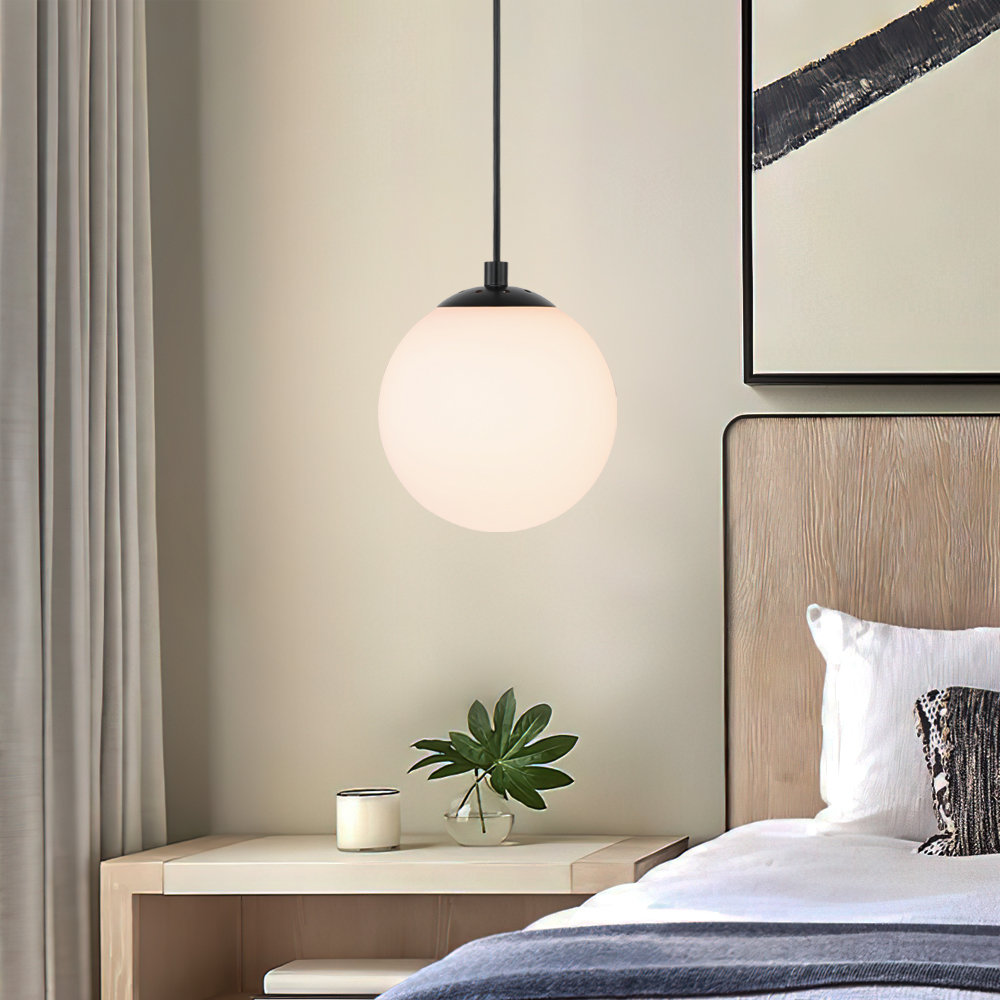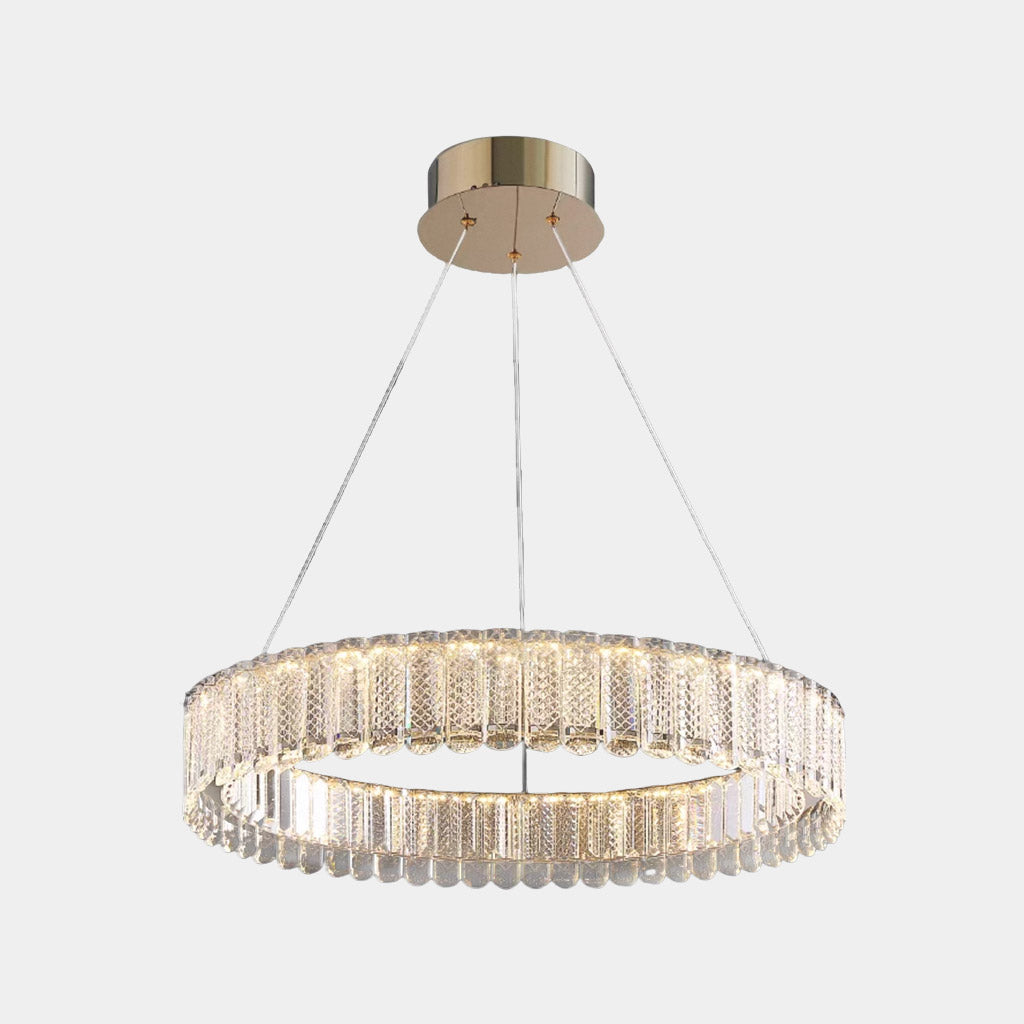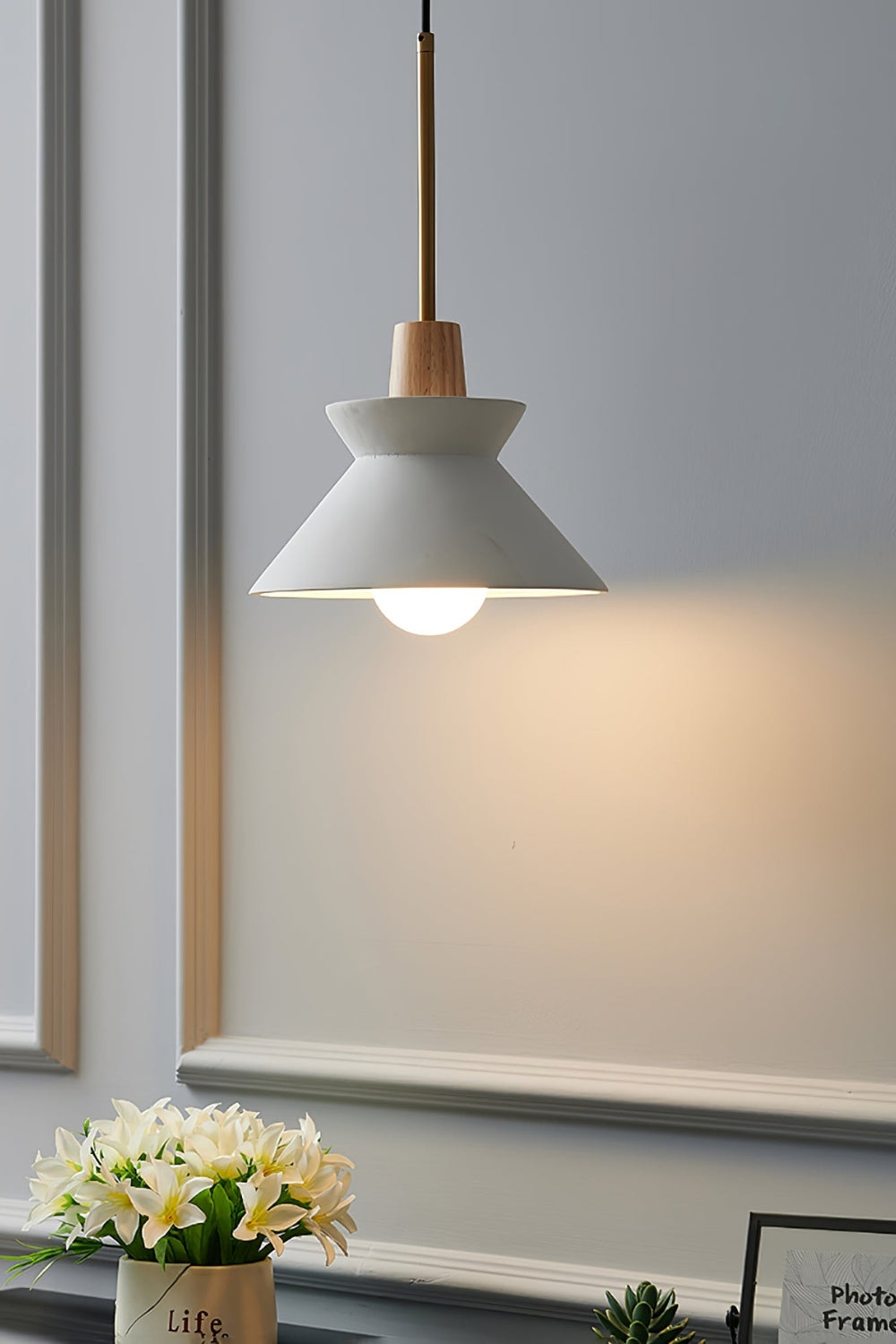A Comprehensive Guide to Setting Up and Preserving Your Pendant Light
Setting up and preserving a necklace light calls for careful planning and execution. Appropriate elevation dimensions can boost both functionality and design. Vital devices and a clear installment procedure are crucial for a successful setup. Regular maintenance guarantees durability and efficiency. Comprehending these components can change an area. However, knowing where to begin might appear intimidating. What steps should one focus on to attain the ideal results?
Recognizing Necklace Light Styles
While numerous home owners look for to enhance their areas with pendant lights, recognizing the different designs available is vital for making an enlightened option. Necklace lights are available in a multitude of designs, each offering unique visual and useful advantages. Conventional pendant lights often include traditional shapes and products, such as glass or metal, providing a classic charm. Contemporary designs, on the various other hand, may include cutting-edge materials and bold shades to create striking centerpieces.
Industrial-style pendants often use basic materials like revealed bulbs and rustic coatings, suitable for loft spaces and modern setups. For a more wayward touch, vintage-inspired options stimulate fond memories with complex information and retro surfaces. In addition, minimalist layouts focus on simpleness and clean lines, attracting those that like understated sophistication. Understanding these varied styles enables home owners to choose necklace lighting that not only enhances their decor however additionally offers their useful lights requires efficiently.
Determining the Perfect Elevation for Your Pendant Light
Exactly how does one figure out the perfect height for a pendant light? To accomplish the most effective functionality and aesthetic charm, numerous variables must be thought about. Commonly, a pendant light ought to hang 30 to 36 inches above an eating table to assure ample illumination without obstructing views. In spaces with high ceilings, the fixture may be positioned a little higher to preserve proportionality.
For kitchen islands, an elevation of 28 to 34 inches over the kitchen counter is generally recommended, enabling adequate light coverage while maintaining an inviting ambience. In living locations, the necklace needs to be hung at an elevation that enhances the bordering decoration and does not develop a danger for people strolling underneath it.
Inevitably, individual preference and space dimensions play significant duties in determining the excellent elevation. Examining different heights before last installment might assist accomplish the desired result and capability.
Devices and Materials Needed for Installation
Successful installation of necklace lights calls for a certain set of devices and products to assure a smooth process. Necessary devices include a screwdriver, wire stripper, and a drill, which assist in protected component accessory and proper circuitry. A voltage tester is important for confirming safety and security by making sure that power is off before starting any electric job.
Along with tools, specific products are required for installment. These include the necklace light itself, electric circuitry, wire nuts for safe and secure connections, and placing hardware. A ceiling hook may additionally be required, relying on the fixture's layout.
For added safety and convenience, a ladder will certainly aid in reaching high ceilings, while a degree assures that the light hangs evenly. Preparing these products and tools in advance simplifies the installation process, making it extra reliable and efficient. Proper preparation is vital to attaining a successful pendant light setup.
Step-by-Step Setup Refine
With the essential devices and materials gathered, the installation process for pendant lights can begin. The power supply should be turned off at the circuit breaker to guarantee safety. Next, the mounting bracket needs to be attached to the electrical box in the ceiling. After securing it, the electrician's tape should be used to cover any exposed wires.
Following that, the necklace light's cords are attached to the equivalent cords in the ceiling: black to black (or red), white to white, and environment-friendly or copper for ground. Once the links are made, they need to be safeguarded with cord nuts.
The necklace light can after that be affixed to the mounting brace, making particular it hangs at the wanted elevation. The light bulb is put, and the power is turned back on at the circuit breaker, allowing the brand-new necklace light to light up the space.
Keeping and Cleansing Your Pendant Light
What actions should be required to guarantee the long life and aesthetic appeal of necklace lights? Routine maintenance and cleansing are essential in maintaining their appeal and performance. Dust and dust can gather on pendant lights, decreasing their shine. To cleanse, a soft, lint-free towel or microfiber towel need to be made use of, together with a gentle cleaner appropriate for the surface material - Pendant Light. For glass or crystal necklaces, a glass cleaner can boost clearness without touches
It is a good idea to shut off the light and enable it to cool down before cleansing. Additionally, checking the fixture for loose light bulbs or connections occasionally guarantees security and peak performance. If relevant, altering light bulbs consistently avoids pressure on electrical elements. Ultimately, maintaining a risk-free setting by avoiding exposure to wetness can greatly extend the life of pendant lights. Adhering to these steps will maintain necklace lights looking their ideal while functioning efficiently.
Fixing Typical Necklace Light Issues
When pendant lights breakdown, numerous usual issues may arise, consisting of flickering light bulbs, inaccurate installation, and voltage fluctuations. Determining the origin is important for efficient fixing and making sure peak performance. Dealing with these problems quickly can improve the durability and performance of pendant lighting fixtures.
Flickering Light Light Bulbs
Flickering light bulbs can be a resource of irritation for home owners, usually signifying underlying electrical concerns or straightforward upkeep needs. This phenomenon might come from loose light bulb links, where the bulb is not firmly matched the socket, creating periodic contact (Pendant Light). Additionally, damaged or aging bulbs might flicker as they near completion of their lifespan. An additional typical reason is irregular voltage, which can arise from concerns within the electrical system or straining circuits. House owners ought to additionally inspect for damaged circuitry, as this can cause flickering and pose safety and security risks. Regular examinations and timely substitutes are important to assure appropriate functionality and to preserve a secure home atmosphere. Recognizing the root reason quickly can protect against additional complications

Inaccurate Setup Problems
Improper installation of necklace lights can cause a variety of issues that might look like those triggered by flickering bulbs. Usual issues include loosened electrical wiring connections, which can disrupt the circulation of electricity and cause intermittent lights. Furthermore, if the mounting brace is not securely attached, the pendant might hang unevenly, developing an unsteady fixture that can trigger vibrations or sound. Incorrect light bulb kinds or power level can also add to performance problems, as incompatible light bulbs might not work successfully in the fixture. Inadequate spacing from the ceiling can produce darkness or minimize light distribution, lessening the intended impact of the necklace light. Identifying and attending to these installment errors is necessary for achieving proper performance and visual appeal.
Voltage Fluctuation Issues
Necklace lights can improve a room's setting, voltage fluctuations can lead to significant performance problems. These changes may trigger flickering lights, decreased brightness, and even premature bulb failure. To identify such issues, one must initially inspect the light's compatibility with the voltage supply. Making use of a multimeter can aid gauge voltage degrees and determine abnormalities. It may be necessary to inspect the electric system for loosened links or malfunctioning electrical wiring Full Report if voltage problems continue. Sometimes, seeking advice from an accredited electrical contractor is a good idea to ensure security and compliance with neighborhood codes. Appropriately attending to voltage fluctuations not just enhances the performance of pendant lights yet additionally expands their life expectancy and enhances total illumination high quality.
Enhancing Your Space With Necklace Light Placement
Reliable necklace light placement can substantially improve a space by sticking to optimal height standards, making sure the best lighting level. Layering these lights with various other sources can develop a balanced ambience, highlighting focal points within the area. Accomplishing an unified look calls for cautious factor to consider of both the fixture's positioning and its relationship with bordering elements.
Ideal Elevation Guidelines
When considering the ideal elevation for pendant lights, a general standard suggests hanging them around 30 to 36 inches over a counter top or table surface area. This elevation permits optimum lighting while ensuring that the light does not obstruct sights or develop risks. In eating locations, pendant lights ought to be placed to enhance the dining experience, normally around 28 to 34 inches over the table. For kitchen islands, preserving harmony throughout multiple pendants can create a cohesive appearance; spacing them equally and sticking to the recommended height improves performance. It is important to consider ceiling height also, as higher ceilings might need changes to keep symmetry and aesthetic appeal. Proper height placement significantly adds to the general atmosphere of an area.
Layering With Other Lights
As pendant lights are integrated into a wider illumination style, they can considerably improve the environment of an area. Their adaptability enables them to be layered with ambient, task, and accent illumination, producing a harmonious balance. Incorporating pendant lights with recessed lights can supply general illumination while highlighting specific locations. Job illumination, such as under-cabinet lights, can match pendants in kitchens, making certain capability without compromising style. Accent lights, like wall surface sconces, can better enhance the environment, attracting interest to artwork or building functions. By strategically placing these lights, property owners can achieve deepness and dimension, changing a normal room right into a magnificently illuminated establishing that satisfies numerous activities and state of minds.
Centerpieces and Equilibrium

Strategically placed pendant lights can act as charming focal points within a space, attracting the eye and enhancing the overall aesthetic. When selecting pendant lights, it is important to take into consideration their form, color, and size to guarantee they complement the existing design. As an example, click a strong, large pendant can create a striking focal point over a dining table, while smaller components might function better in collections to attain a well balanced look. In addition, placing pendant lights at differing elevations can add deepness and visual interest to the room. Preserving balance with various other aspects, such as furniture and wall surface colors, will make certain that the necklace lights improve the room without frustrating it. Thoughtful placement changes the atmosphere, creating a harmonious and inviting ambience.
Often Asked Questions
Can I Set Up a Pendant Light in a Recessed Ceiling?
The question of whether a pendant light can be set up in a recessed ceiling usually occurs. Generally, it is feasible with appropriate installing equipment, making sure proper support and electrical links for reliable and safe setup.
What Sort of Bulb Is Ideal for Pendant Lights?
When picking light bulbs for pendant lights, LED choices are often liked as a result of their energy effectiveness and long life. Additionally, the color temperature need to match the desired ambiance, with warm white being a popular choice for comfortable setups.
Are Necklace Lighting Safe for Outdoor Usage?

Just how Do I Choose the Right Necklace Light Power Level?
Choosing the ideal pendant light electrical power includes evaluating the room's size, preferred illumination, and fixture compatibility. Typically, reduced wattages fit ambient lights, while higher electrical powers supply task lights, guaranteeing capability and aesthetic charm.
Can I Use a Dimmer Change With My Necklace Light?
The concern emerged whether a dimmer switch try this out can be made use of with a pendant light. Normally, if the light component and bulb are compatible, a dimmer button can effectively improve setting and control brightness levels.
When pendant lights malfunction, a number of typical concerns might arise, including flickering light bulbs, incorrect installation, and voltage changes. Incorrect setup of necklace lights can lead to a variety of problems that may look like those triggered by flickering bulbs. Insufficient spacing from the ceiling can produce darkness or minimize light circulation, lessening the desired result of the necklace light. Reliable necklace light placement can significantly improve an area by adhering to suitable elevation standards, making certain the appropriate lighting level. When selecting light bulbs for necklace lights, LED choices are typically chosen due to their energy performance and long life.